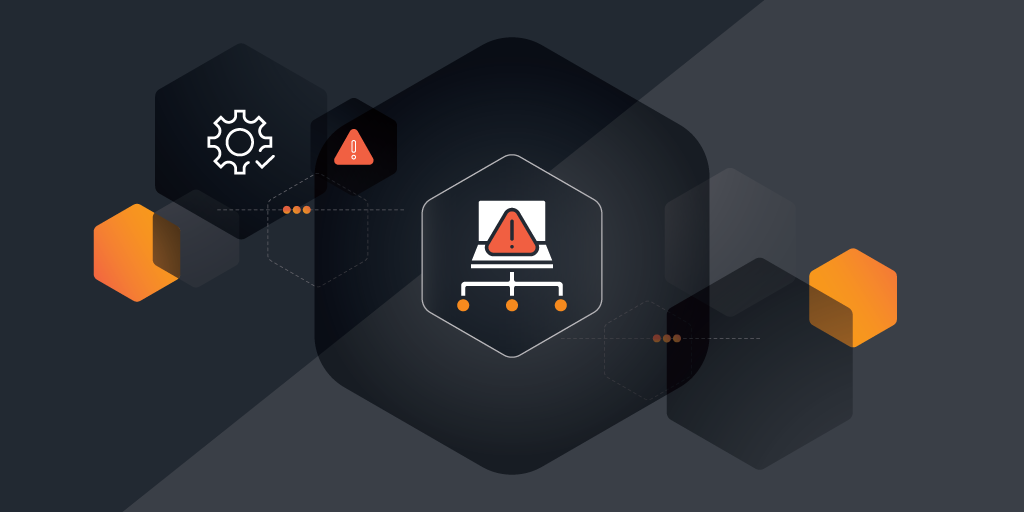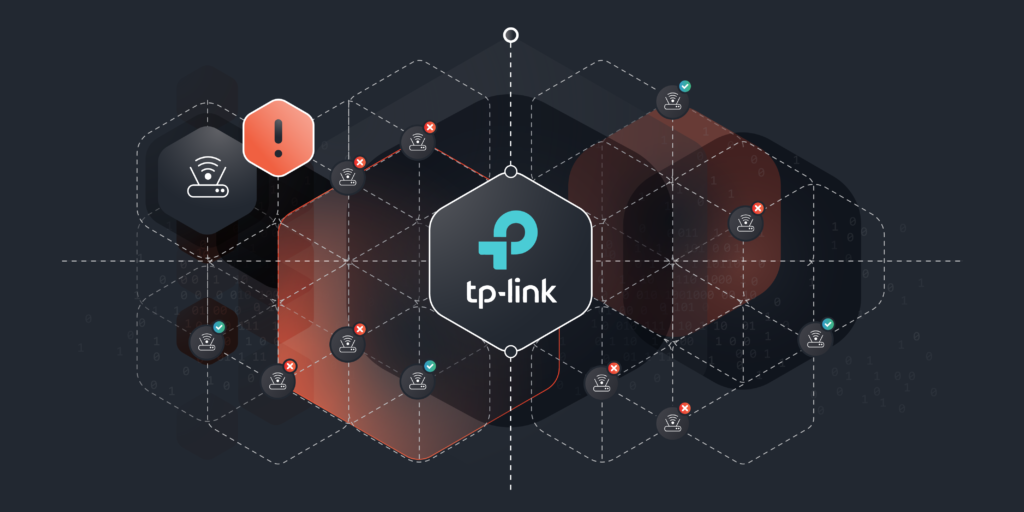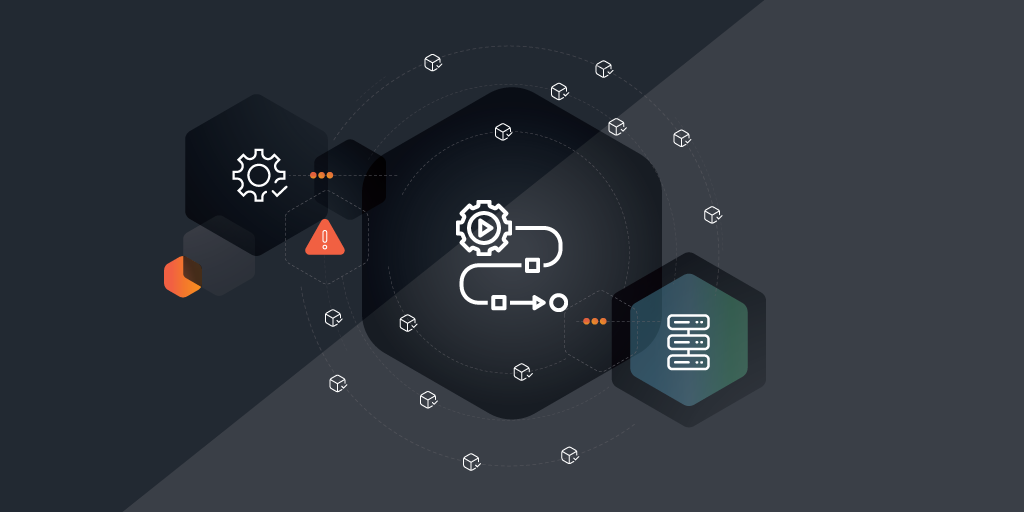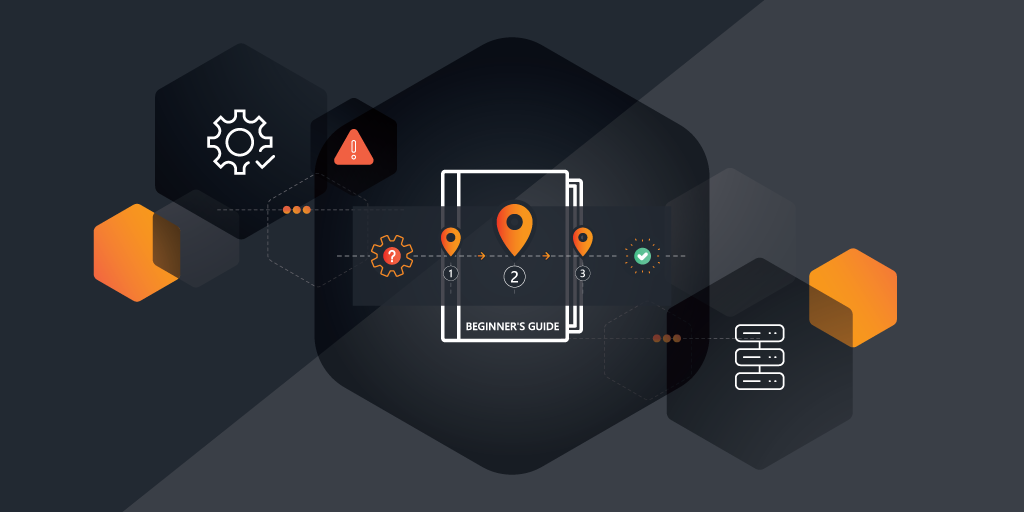
For enterprise and mid-market system administrators, the goal of achieving complete control over assets and processes is paramount, especially when you’re responding to security incidents. Using IT asset management (ITAM) to streamline your incident response stages provides you with the insights you need to respond quickly, confidently, and effectively. This article explores how integrating IT asset management into security operations can vastly improve your response time and security outcomes by providing clear asset visibility and reducing uncertainty in incident response.
The Importance of Streamlining Security Incident Response
Effective IT asset management offers a reliable catalog of every device, software, and connection in your organization, including details like configurations and recent activity. When an incident occurs, ITAM ensures that you aren’t left scrambling to locate the affected asset or piece together its history. Instead, the asset information is available at a glance, speeding up your identification and containment process.
Consider a real-world scenario: A global retail organization was hit by a ransomware attack. During the attack, malicious actors moved from one endpoint to the next in rapid succession. The IT team, unable to immediately identify affected devices, lost valuable time piecing together which systems were compromised. Had they had a centralized ITAM system, they could have identified vulnerable endpoints instantly, containing the attack much sooner. Such visibility transforms your cyber incident responses, making them both efficient and targeted.
Benefits of ITAM for Streamlining Security Incident Response
Using IT asset management to support your incident response plan offers several key benefits:
1. Faster Identification and Containment: With immediate access to asset data, you can identify vulnerable systems or compromised endpoints within seconds instead of hours.
2. Reduced Damage from Threats: By quickly isolating at-risk assets, you can minimize the lateral spread of malware, ransomware, or other threats, reducing the likelihood of broader business disruption.
3. Improved Decision-Making in High-Stress Scenarios: Asset management tools allow you to prioritize responses based on asset criticality, and to focus your efforts on protecting your high-value systems.
Without IT asset management, your incident response often becomes a prolonged, inefficient, and error-prone process. System administrators might rely on outdated asset information or manual inventories. This creates a cascade of slowdowns during high-stakes incidents. ITAM’s role in creating a centralized source of truth changes this dynamic, empowering you to make faster, more effective decisions when it matters most.
Key Components of IT Asset Management for Incident Response
To leverage IT asset management effectively, organizations should focus on three core components:
1. Asset Inventory Management: Keeping an up-to-date asset inventory is the backbone of streamlined cyber incident responses. This inventory includes not only devices and software but also crucial details like device owners, configurations, and usage patterns. A thorough inventory provides you with all the necessary data when an incident arises.
2. Asset Vulnerability Assessment: Regular vulnerability assessments, cataloged in the asset management system, reveal which assets need priority protection or updates. For instance, if a patchable vulnerability exists on a server but hasn’t been addressed, your ITAM solution will flag it, allowing you to proactively resolve potential entry points for attackers.
3. Asset Tracking and Monitoring: Constantly monitoring your asset activity and status helps you detect unusual behavior early on. When paired with ITAM, activity logs can pinpoint unauthorized access or usage spikes and provide you with immediate context during incidents. For example, if an employee’s credentials were compromised, you could instantly pull up that user’s recent asset interactions and limit further access.
Integrating ITAM With Incident Response Processes
Combining ITAM with your incident response plan isn’t just about knowing what assets you have; it’s about knowing how to act swiftly based on that information.
Leveraging Asset Information for Faster Incident Resolution
Knowing which assets interact most frequently or contain sensitive information can expedite your response decisions. For example, if a high-priority server shows signs of compromise, you can quickly understand which other assets it communicates with using ITAM, and trace potential threat vectors. Such insights prevent isolated incidents from escalating and support your proactive containment strategies.
Creating Incident Response Playbooks Based on Asset Data
Many organizations develop incident response playbooks to guide response actions for common threats. When playbooks integrate ITAM data, response workflows become more structured and effective. For instance, a playbook may specify containment steps for different asset types, from mobile devices to critical servers, streamlining response and ensuring that each asset type is treated appropriately.
Automating Incident Response Workflows with ITAM Tools
Automation can further accelerate response times. Certain ITAM tools allow you to set automated responses based on asset status changes. Imagine incident response stages that automatically initiate quarantine measures for any endpoint flagged with suspicious activity. By automating these workflows, you can reduce manual steps and avoid unnecessary delays during critical incidents.
Best Practices for Streamlining Security Incident Response
Maximizing the impact of IT asset management on incident response involves a few best practices:
1. Implementing a Centralized IT Asset Management System: A single, unified source for asset data minimizes the time you spend on searching across platforms for essential information. This centralization ensures everyone on your response team has access to the latest asset data.
2. Establishing Clear Incident Response Roles and Responsibilities: With ITAM, each team member can be assigned specific assets or asset groups, ensuring accountability. By designating “asset guardians,” your team has a go-to person for each asset type, expediting response times and improving internal coordination.
3. Regularly Updating Asset Information for Accurate Incident Response: An ITAM system is only as good as its data. Schedule routine updates and audits to keep asset information accurate and relevant. Keeping asset data current allows your incident response teams to rely on ITAM as a real-time, dependable resource.
Measuring the Effectiveness of Streamlined Incident Response
Understanding the impact of IT asset management on incident response involves measuring relevant performance indicators. These metrics not only show where ITAM adds value but also highlight areas for ongoing improvement.
Key Performance Indicators for Incident Response Efficiency
Measure incident response success through KPIs such as:
- Mean Time to Detection (MTTD): How quickly your team can identify an incident once it begins. ITAM’s role here involves early detection by surfacing unusual asset behavior.
- Mean Time to Resolution (MTTR): A critical indicator of how swiftly your team can contain and neutralize a threat. ITAM helps reduce MTTR by enabling faster identification and containment strategies.
- Percentage of Incidents Properly Contained: How frequently your team successfully isolates the affected area without collateral damage. With asset tracking, this containment is more accurate, preventing the spread of incidents to additional systems.
Track incident response metrics over time to assess improvement areas. Periodic reviews of incident records can reveal patterns, showing whether specific assets require additional protections. For instance, if workstations regularly show signs of compromise, consider adding extra security controls or revisiting asset configurations.
Successful Incident Response Streamlining
Organizations across sectors have transformed their incident response by integrating IT asset management, seeing measurable improvements in their security and operational efficiency.
Take, for instance, a mid-sized financial services firm that faced regular phishing attacks, which occasionally resulted in unauthorized access to employee workstations. Previously, each phishing incident required their IT team to manually trace affected assets, verify configurations, and check for unauthorized lateral movement—a process that consumed hours and often allowed threats more time to propagate.
After implementing an ITAM solution, the firm mapped each workstation, endpoint, and server, detailing configurations, recent access patterns, and user associations. With a centralized asset database, they quickly identified all affected endpoints following a phishing attempt, tracking the precise vulnerabilities exploited in each case. The ITAM system automatically flagged endpoints showing unusual access patterns, allowing the team to isolate compromised devices immediately, even if they were spread across departments or locations.
In just six months, this integration led to a 40% reduction in Mean Time to Resolution (MTTR). The streamlined workflows allowed the security team to jump from detection to containment within minutes rather than hours, preventing further unauthorized access and minimizing downtime. With ITAM in place, the team didn’t just respond to incidents—they proactively strengthened their response strategies, reducing the volume of incidents over time and adding safeguards based on vulnerabilities identified in the IT invironment.
Improve Incident Response With Lansweeper
Streamlining incident response with IT asset management gives system administrators a new level of control, precision, and peace of mind. Lansweeper unrivaled asset discovery offers the critical data you need to support quick and effective incident response across your IT environment. By using Lansweeper, system administrators gain an all-encompassing view of assets, automated vulnerability alerts, and powerful insights to guide response workflows. Ready to experience firsthand how Lansweeper can enhance your incident response?
See Lansweeper in Action – Watch Our Demo Video
Sit back and dive into the Lansweeper interface & core capabilities to learn how Lansweeper can help your team thrive.
WATCH DEMO

